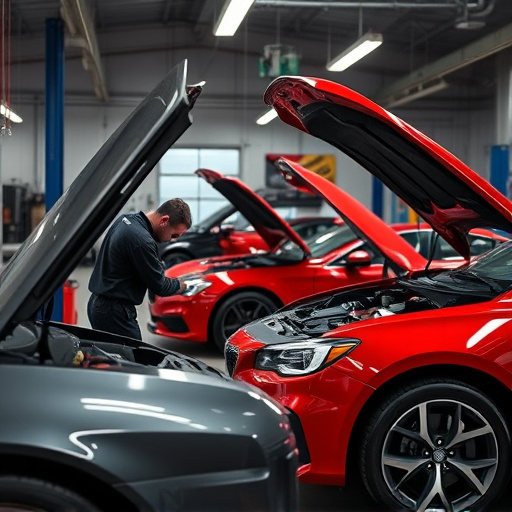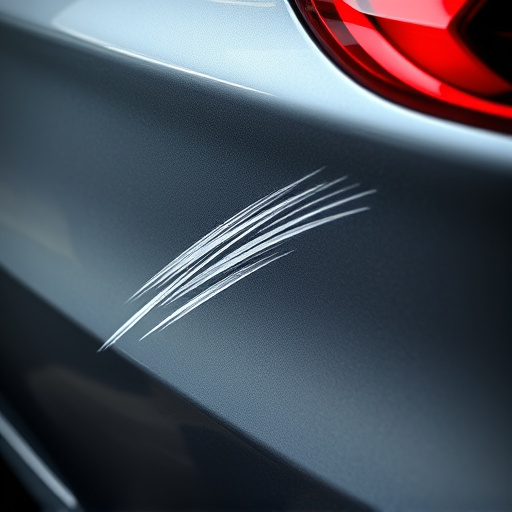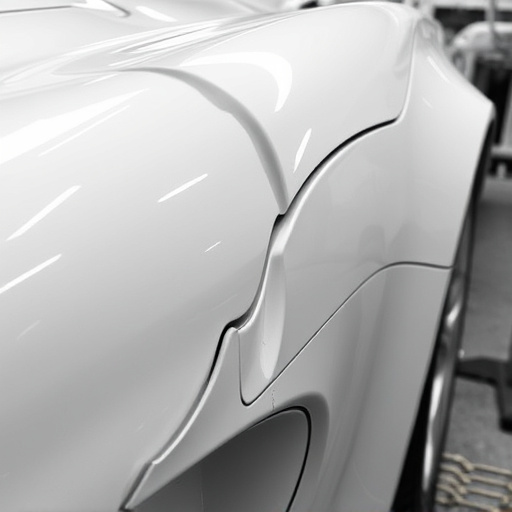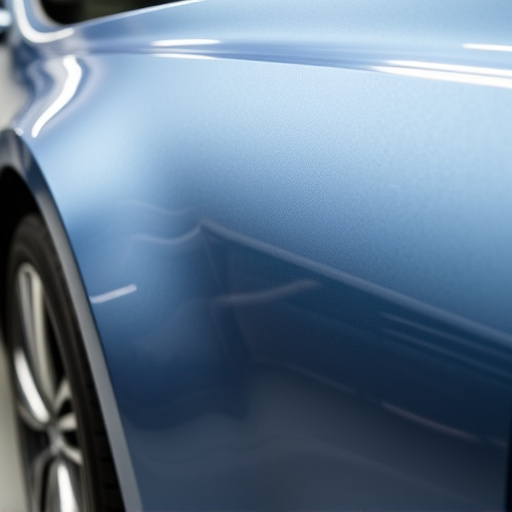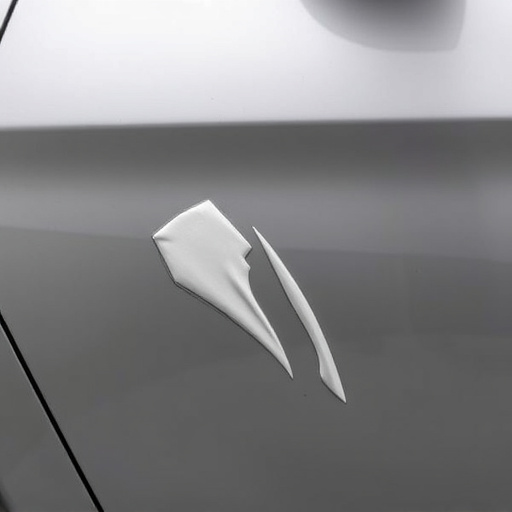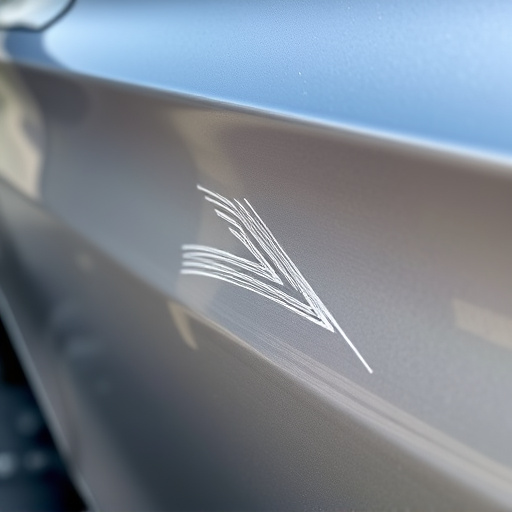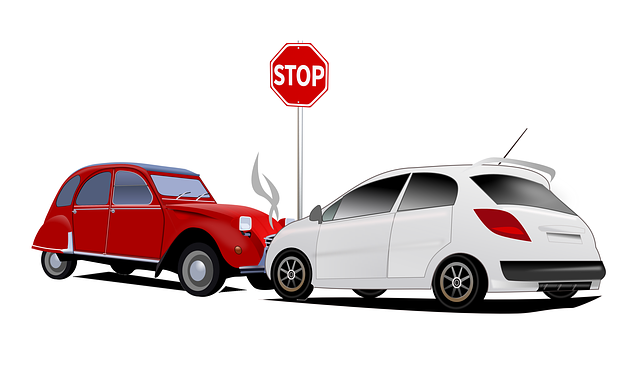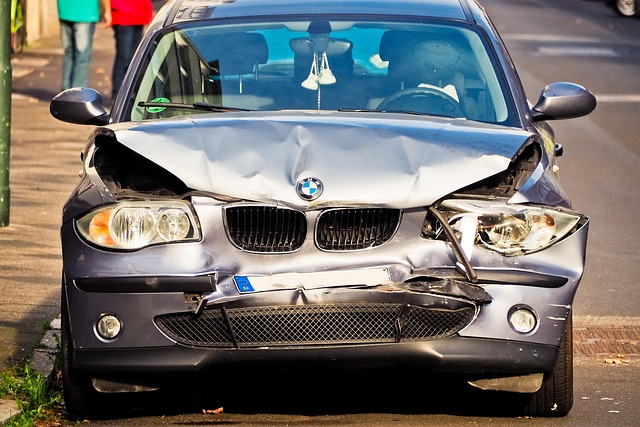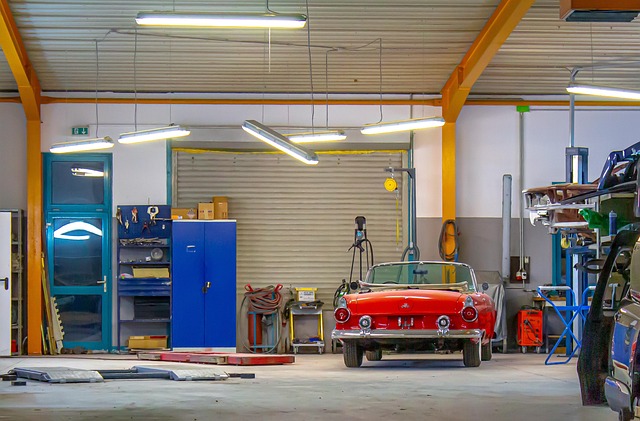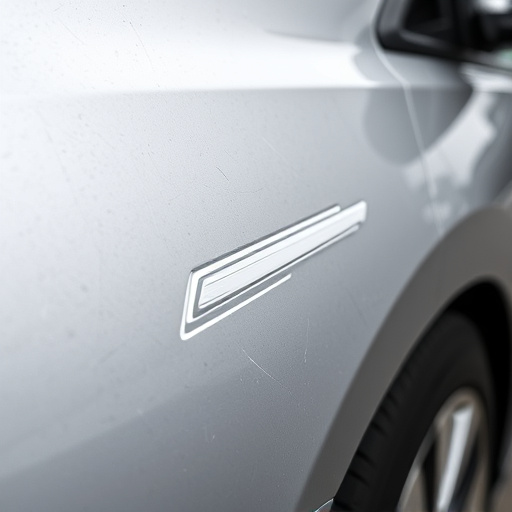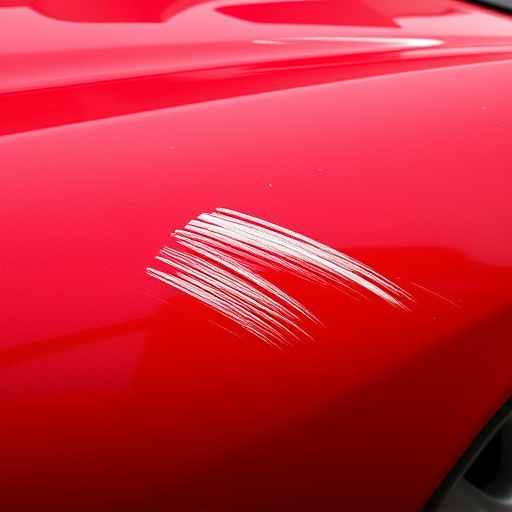In the car body repair service industry, adhering to environmental regulations is both a legal requirement and a key aspect of sustainable practices. Modern repair services embrace eco-friendly techniques like water-based paints and low-VOC coatings, robust recycling programs for scrap materials, and advanced technologies to minimize waste and energy consumption. These innovations not only reduce the ecological impact but also enhance durability, aesthetics, and cost-effectiveness. By staying updated with green standards, car body repair services attract environmentally conscious customers, preserve local ecosystems, and foster a reputation for responsible business practices while contributing to a more sustainable future.
In today’s environmentally conscious world, car body repair services are undergoing a green transformation. Understanding and adhering to stringent environmental regulations is no longer optional but crucial for sustainability. This article delves into the eco-friendly practices and technologies reshaping the industry. From utilizing sustainable materials to implementing efficient waste management strategies, car body repair shops are reducing their ecological footprint while delivering quality services. Discover how these green standards benefit both businesses and the planet.
- Understanding Environmental Regulations in Car Body Repair
- Practices and Technologies Employed for Eco-Friendly Repairs
- The Impact and Benefits of Adhering to Green Standards
Understanding Environmental Regulations in Car Body Repair

In the realm of car body repair services, understanding and adhering to environmental regulations is not just a legal requirement but also an essential aspect of sustainable practices. These regulations are designed to minimize the ecological impact of vehicle restoration and collision center operations. One key area of focus is vehicle paint repair, as the manufacturing and disposal of automotive paints have historically posed significant environmental challenges. Modern car body repair services prioritize eco-friendly techniques, such as using water-based or low-VOC (volatile organic compound) paints, which reduce air pollution and minimize waste.
Moreover, collision centers are increasingly implementing robust recycling programs to manage scrap materials efficiently. This includes recycling metal from damaged vehicles, ensuring it enters the manufacturing cycle again rather than ending up in landfills. Such practices not only contribute to a circular economy but also align with broader sustainability goals. For car body repair service providers, staying informed about evolving environmental standards is crucial to stay competitive and ensure their operations are in harmony with the ever-changing landscape of eco-conscious consumer expectations.
Practices and Technologies Employed for Eco-Friendly Repairs

In modern car body repair services, eco-friendly practices are increasingly becoming the norm, reflecting a broader industry shift towards sustainability. Auto body shops are embracing innovative technologies and methods to minimise environmental impact throughout the repair process. One notable approach is the use of water-based paints and coatings, which significantly reduce the release of volatile organic compounds (VOCs) compared to traditional solvent-based options. These not only lower air pollution but also offer superior durability and aesthetic appeal.
Additionally, many reputable car body repair services are adopting advanced techniques such as laser welding and precision cutting. These technologies reduce material waste and energy consumption, making them more environmentally sound alternatives to conventional methods. Moreover, the integration of digital design tools allows for precise estimation of required materials, further minimising wastage. When it comes to auto glass repair, recycled and eco-friendly alternatives are also being explored, promoting a circular economy model where damaged components find new life rather than ending up in landfills, contributing to a more sustainable future for both the industry and the planet.
The Impact and Benefits of Adhering to Green Standards

Adhering to green standards in a car body repair service has far-reaching positive impacts on both the environment and the business itself. By prioritizing eco-friendly practices, these services reduce their carbon footprint, minimizing pollution and contributing to a sustainable future. This is particularly important as car body repairs often involve hazardous materials that, if not handled properly, can cause significant environmental damage.
Green standards promote the use of recyclable and non-toxic materials in auto painting and bodywork services, ensuring safer working conditions for employees while also preserving local ecosystems. Furthermore, they encourage the adoption of energy-efficient technologies and processes, leading to cost savings for car repair services over time. These benefits not only attract environmentally conscious customers but also foster a reputation for responsible and ethical business practices among car repair services.
In conclusion, a car body repair service that prioritises environmental standards isn’t just about compliance; it’s a commitment to sustainability and a healthier planet. By adopting eco-friendly practices and technologies, these services reduce the ecological footprint of repairs, from minimizing waste to using recycled materials and energy-efficient processes. The benefits are manifold: cost savings, enhanced customer satisfaction, and contributing to a greener future. Choosing a service that follows strict environmental regulations ensures your vehicle gets top-notch care while preserving the environment for generations to come.
